It doesn’t get much better for a butterfly evangelist than to have hometown elected officials raise Monarch caterpillars at City Hall. That’s what happened less than a year after the National Wildlife Federation (NWF) named San Antonio its first Monarch Butterfly Champion City.

Does your Mayor do this? Mikey the Monarch raised by San Antonio Mayor Ivy Taylor’s office, released at the San Antonio Zoo. Photo via Twitter
San Antonio Mayor Ivy Taylor set the bar for the NWF’s Mayor’s Monarch Pledge (MMP) on December 9, 2015. That Wednesday, she made San Antonio the nation’s first and only Monarch Butterfly Champion City by committing to all 24 action items recommended by NWF to increase Monarch butterfly and pollinator habitat. Actions include installing pollinator gardens, encouraging citizen science, hosting a butterfly festival and changing landscape ordinances and city mowing schedules.

Mikey the Monarch caterpillar takes lunch at San Antonio City Hall. Courtesy photo
Taylor’s office raised her first Monarch, named Mikey, almost exactly a year later. Since Mikey emerged when it was too cold to fly (temperatures hovered in the 40s), the San Antonio Zoo offered its flighthouse as a “butterfly B and B” until the weather warmed.
District 1 City Councilman Roberto Treviño became a Monarch butterfly buff in October after attending all three events that comprised San Antonio’s first Monarch Butterfly and Pollinator Festival. Treviño, an architect by training, served as a docent during the dozens of one-on-one tag- and-release demonstrations the Festival staged October 22. After accepting a milkweed loaded with two eggs and a couple of caterpillars as a gesture of thanks, Trevińo succumbed to the flashy orange-and-black butterflies’ charms–even releasing a Monarch butterfly at City Hall with Jonah Nirenberg, son of District 8 City Councilman Ron Nirenberg.
Treviño posted updates on his caterpillars’ progress on Facebook and had a sign at his City Hall office reminding visitors to shut the door because butterflies were in progress. “It’s such an opportunity to share the wonder,” he said.
To date, more than 240 cities have signed the Mayor’s Monarch Pledge. Only one – McAllen, Texas – has become a Monarch Champion City like San Antonio. The National Wildlife Federation is looking to expand the popular program to Mexico.
“The San Antonio administration and landscape team have really committed themselves to Monarch conservation,” said Dr. Chip Taylor, founder of Monarch Watch, the citizen science organization that tracks the migrating butterflies at the University of Kansas at Lawrence. San Antonio was the first city to call Monarch Watch’s Milkweed Market after the pledge, ordering 1,000 plants which have been planted in pollinator gardens around town.
Progress in the Alamo City has been consistent and impressive. Pollinator gardens have replaced invasive species along the San Antonio River South Channel and new gardens have been created at Phil Hardberger Park, Woodlawn Lake, UTSA, at the San Antoino River Authority and at many private residences. In April, four city agencies featured the Monarch butterfly on their Fiesta medals – the Mayor’s Office, SAWS, CPS Energy, and the San Antonio River Authority. A survey of 400 locals conducted by the Texas Butterfly Ranch website found the SAWS medal was the best.
- Mayor Ivy Taylor sports her Monarch butterfly wing bling. Photo by Monika Maeckle
- Kids scramble for Monarch butterflies. Photo by Scott Ball, Rivard Report
- San Antonio’s 2016 Fiesta medals included at least four butterfly themed Fiesta medals this year. Photo by Monika Maeckle
- University of Texas at San Antoino students conduct research for a statewide milkweed survey. Photo courtesy UTSA
- Caterpillars at San Antonio River’s milkweed patch. Photo by Robert Rivard
San Antonio has hosted two Monarch butterfly festivals since the Pledge was signed. The San Antonio Zoo’s first Monarch Fest took place in early 2016 and will take place this year March 4 and 5. In October, the Monarch Butterfly and Pollinator Festival took place at the Pearl wowed an estimated 5-7,000 people. Plans are underway for a repeat.
According to Cathy Downs, a Monarch Conservation Specialist for the national citizen scientist program Monarch Watch, more requests for teacher training on how to use Monarchs in the classroom occurred in 2016 than prior years. And working closely with the NWF, local Monarch advocates are about to finalize the first San Antonio Monarch Conservation Plan as the City’s Sustainability Office integrates pollinator friendly guidelines into its strategic plans.
More pollinator habitat, sustainability plans, Fiesta medals, and Festivals are in store for 2017. But perhaps our most powerful tool in Monarch and pollinator conservation is one we should leverage more often: encounters with “the wonder” Monarchs generate. Giving caterpillars to elected officials and other with influence, affording them the opportunity to witness metamorphosis first hand may be just the inspiration we need. Try it. Let us know how it goes.
Related posts:
- Monarch Butterfly and Pollinator Festival a roaring success
- Monarch migration update: south winds, hot temps stall butterflies on Llano River
- Can’t get outside? Here’s how to track the Monarch migration from your desk
- San Antonio named first Monarch Butterfly Champion city by National Wildlife Federation
- Texas Comptroller awards $500K in Monarch research grants
- Butterfly bonanza: Monarch netted on Llano River tagged in Oklahoma
- How to Tag a Monarch Butterfly in Six Easy Steps
- What does climate change mean for Monarch butterflies?
- Snout-nosed butterfly invasion returns to South Texas
- New study: late season nectar plantsmore important than milkweed to Monarch migration
- Should You Bring in a Late Season Caterpillar into Your Home?
Like what you’re reading? Follow butterfly and native plant news at the Texas Butterfly Ranch. Sign up for email delivery in the righthand navigation bar of this page, like us on Facebook, or follow us on Twitter, @monikam.

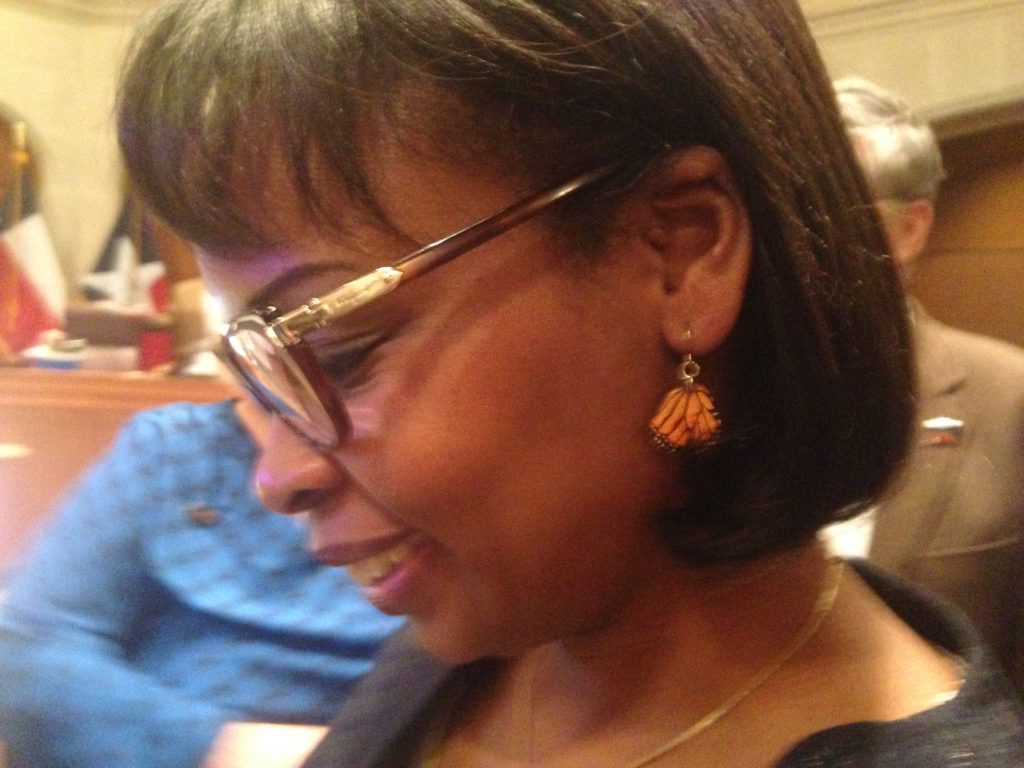
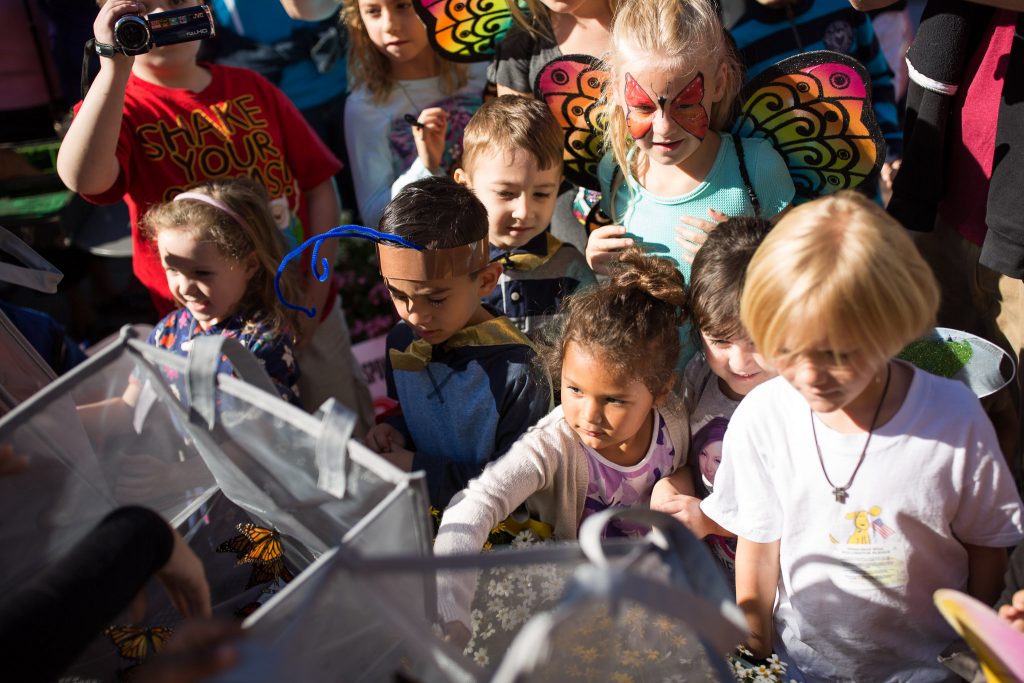
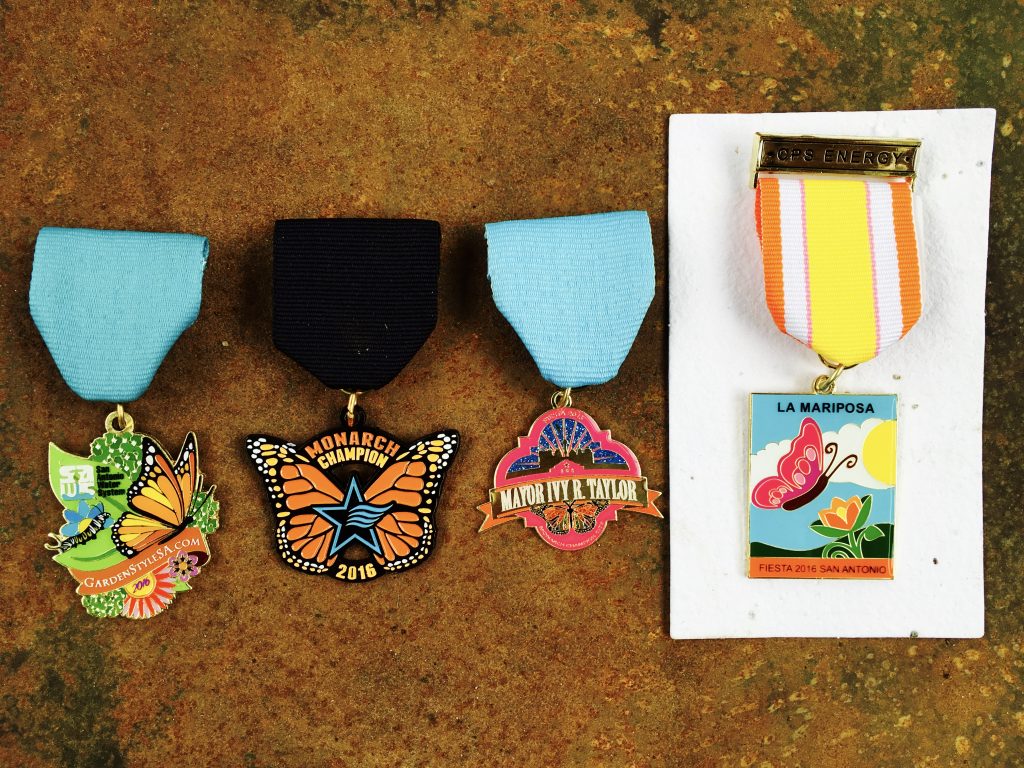
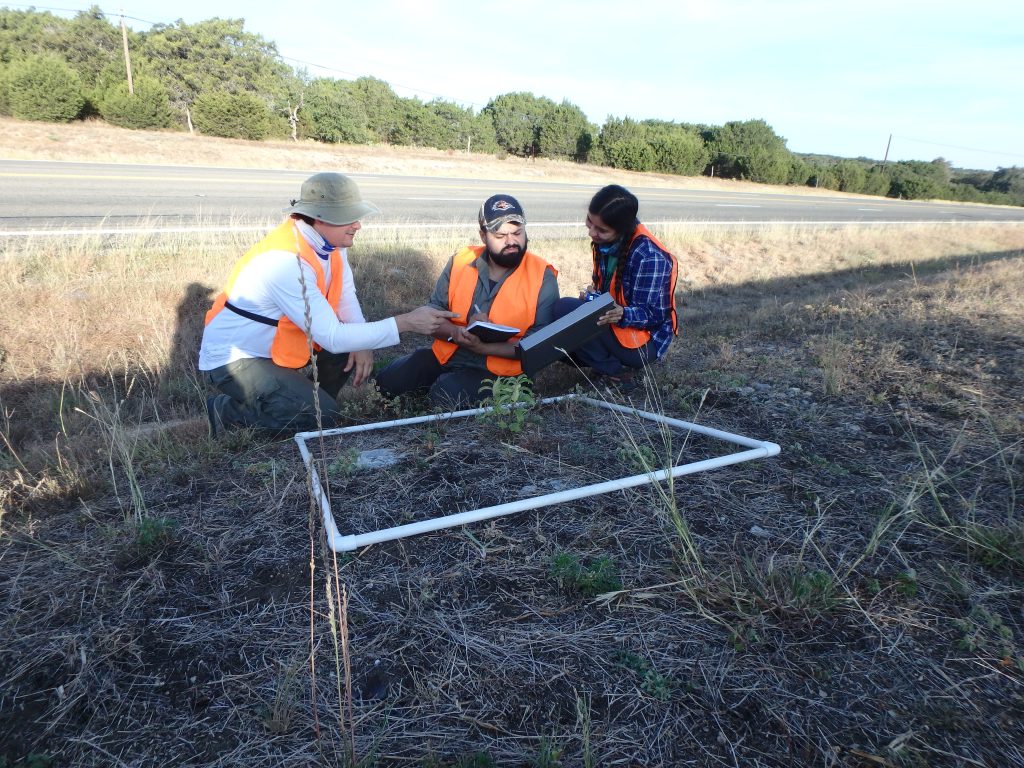
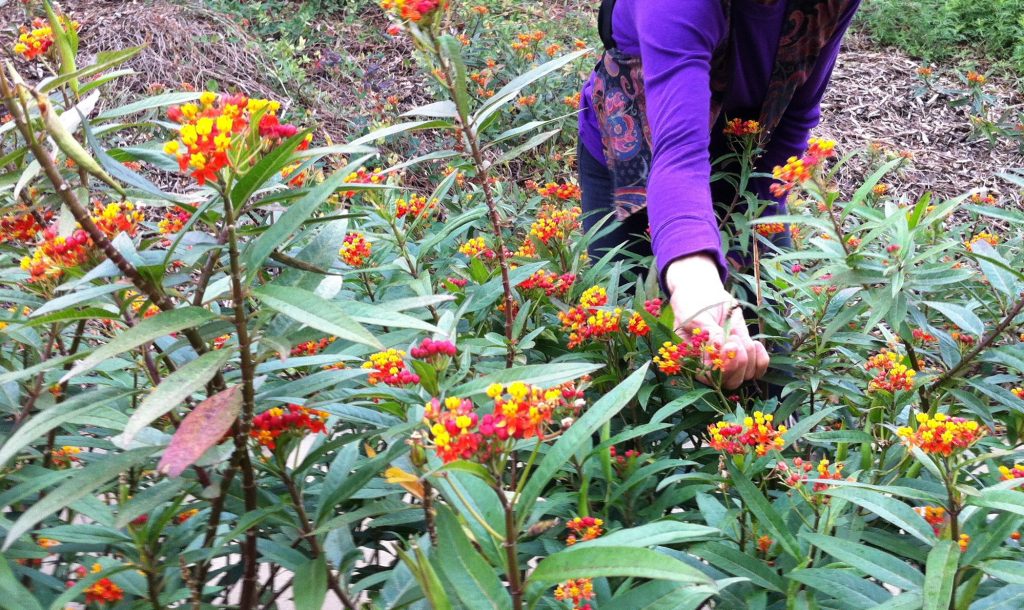
Wondering whether any interest or consideration to expanding pollinator gardens to the many open spaces on area cemeteries has been discussed?
Seems like a natural and spiritually complementary synergy for our memorial places to meditate on life ebbing, flowing, cycling in and out.
Great idea!